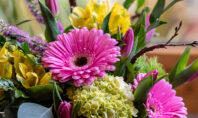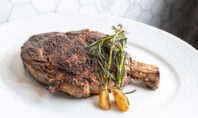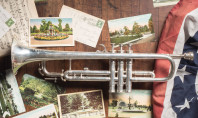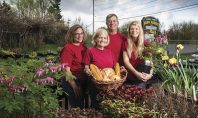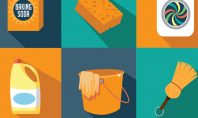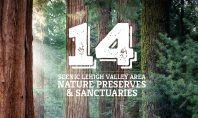Mushroom Hunting
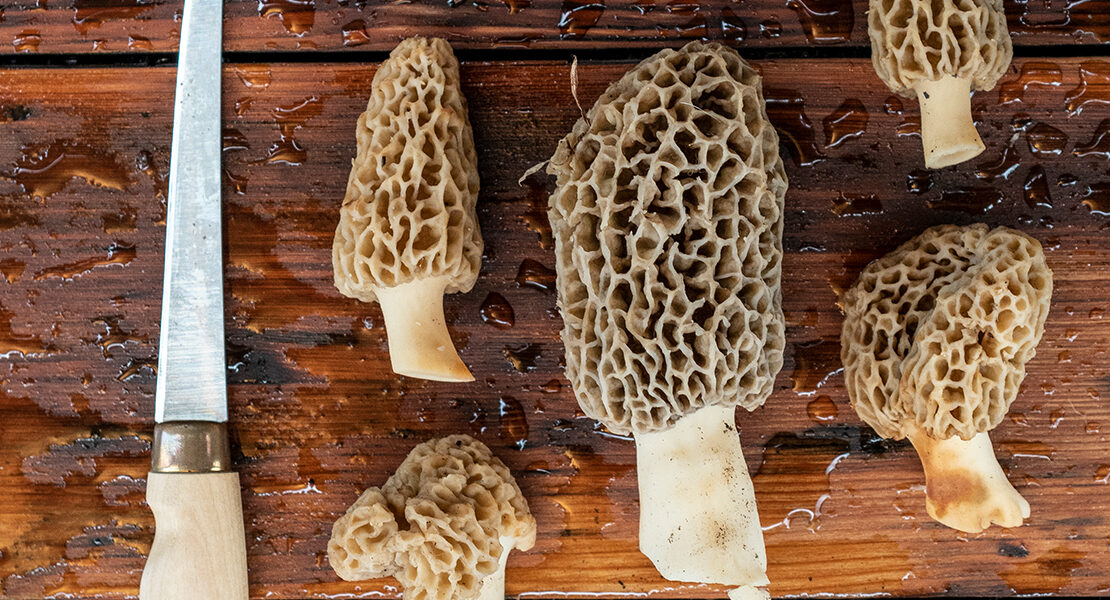
After having survived the long cold winter of 2020 and as the Pennsylvania earth warms, our bodies crave the outdoors. This is the time of year when an elusive treasure, morel mushrooms, are breaking through the surface. One would think that scouring the woods to find a mushroom to eat seems like a desperate attempt at survival, but it is really more about nourishing the soul. Mushrooms are a key to a world of magic and connectiveness. Morels live most of their life cycle as a mat of mycelium under certain trees only emerging above ground as the fruiting bodies of a mushroom cap in early spring. Finding them necessitates learning about mushrooms, trees, and the ideal weather conditions. The journey is the destination.
Morels are mushrooms that do not take well to domestication. The common button mushroom and delicious oyster have proved easy and reliable to grow in mushroom houses. They can be found year-round in supermarkets and restaurants. The morel is way more elusive, only found in the wild in early spring when the conditions are just right. Due to their ephemeral nature, in stores they demand high prices. They taste amazing and are good for you, but my attraction to morels is about shifting my perspective away from the transience of everyday life and connecting with magic right under our feet.
Any reliable mushroom hunter will tell you to never eat a mushroom you can’t identify positively. I really suggest the same training I had. Research what a morel looks like and go out with an experienced forager before you consume any mushroom for the first time. Some mushrooms can be deadly, but with a little training you can learn where and how to find these delicious treasures. The good thing is that morels are one of the easiest mushrooms to identify and if you follow the rules, there isn’t another mushroom that looks like a morel. Other mushrooms can have look-alikes that are poisonous. If it looks like a morel, and is hollow on the inside, it’s a morel. If it’s solid on the inside and doesn’t have a stem, it’s a false morel, which isn’t poisonous but I wouldn’t advise eating it.
Research has shown that spending time outside will increase your physical and mental health. Hunting for morels will add the benefit of connectiveness with nature and a treasured meal. If you are looking for guidance, ask an elder. Online I have learned a lot from Adam Harrington’s “Learn Your Land” videos, which can be seen on YouTube or at loveyourland.com. There is also a thriving organization from New Jersey that has many members in the Lehigh Valley: check out the New Jersey Mycological Association at njmyco.org.


